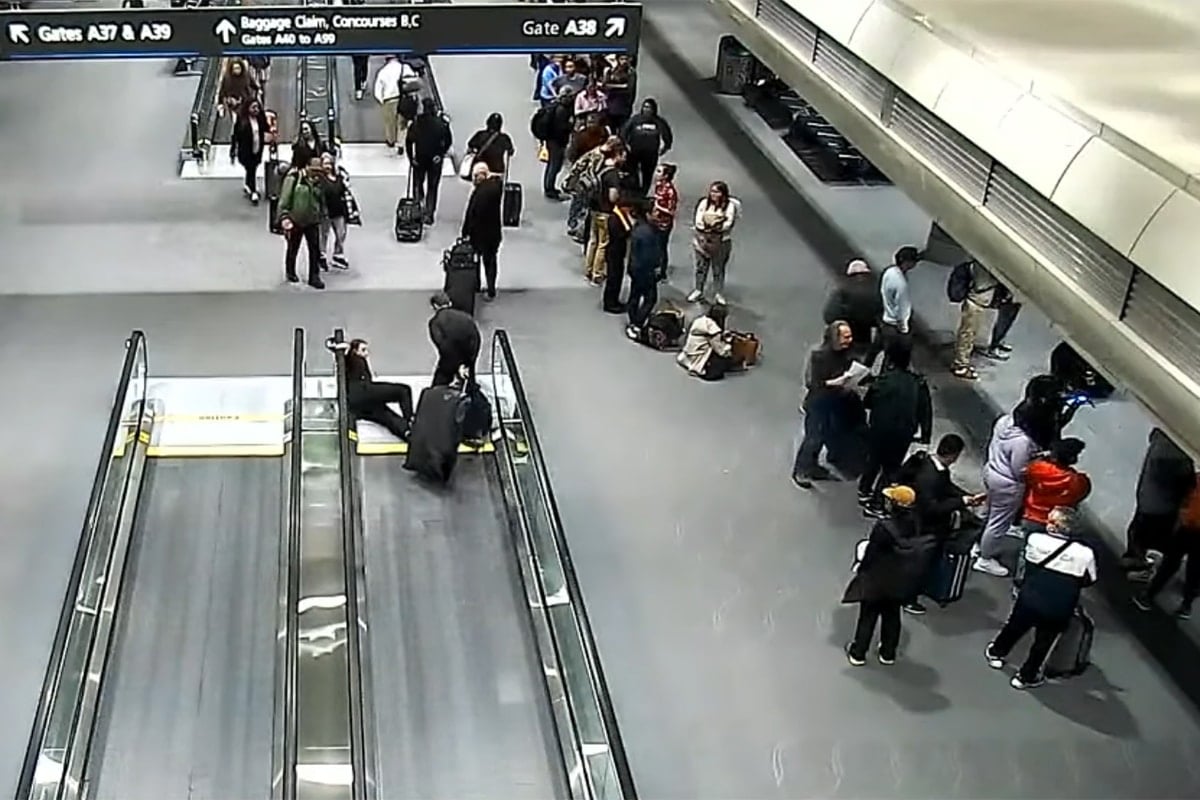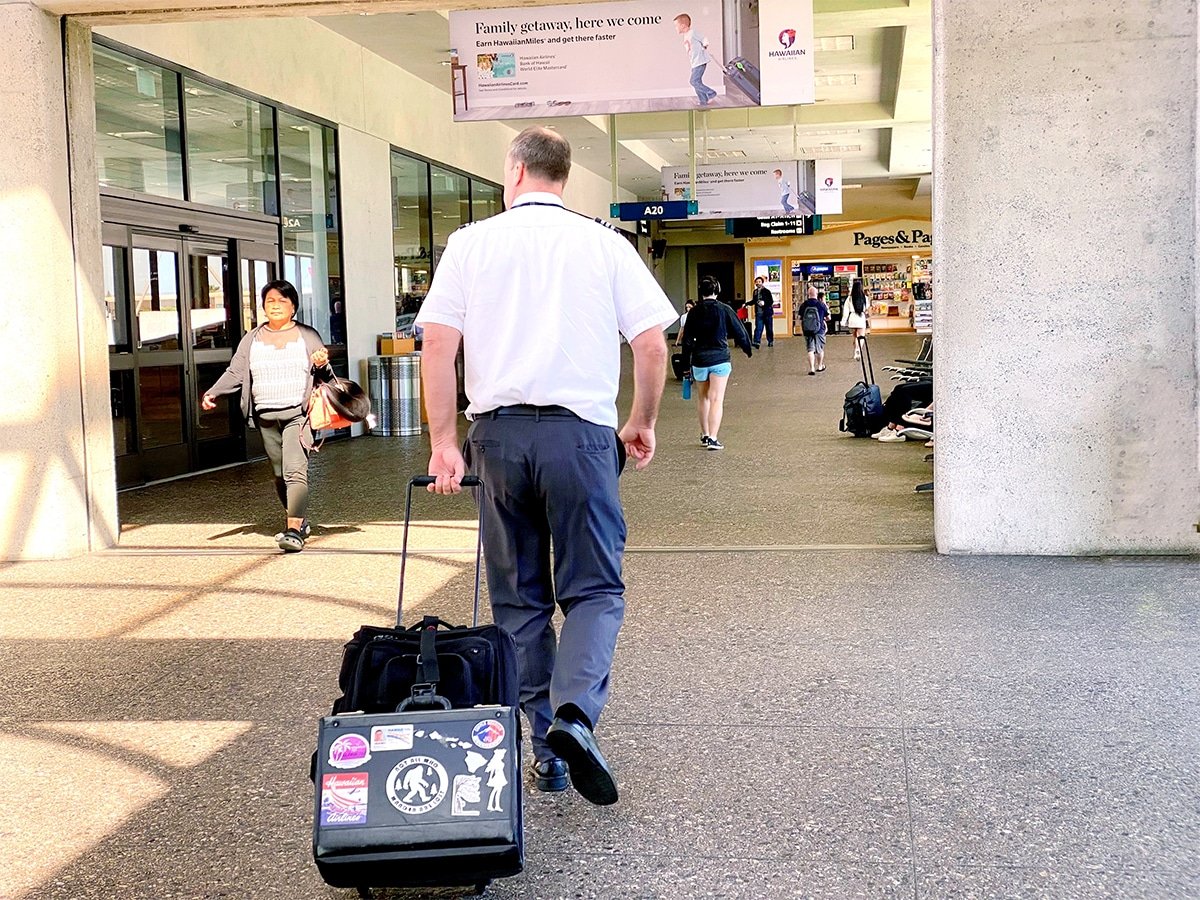
In our Ask a Pilot series, pilot Spencer Marker answers one of your aviation-related questions each week. See past installments here and submit your own to Whitney@johnnyjet.com.
The question (see part 1 here)
What happens when an airline decides to retire an airplane and how do they choose when to retire airplanes?
—Todd
The answer
After an airline has made the decision to remove an airplane from service, decisions about the future of the aircraft still remain. And while scrapping and recycling seems like an obvious choice, some airplanes are able to find new life.
Cargo conversion
Airplanes that have reached the end of the road with their passenger airline operators may live on as a cargo aircraft. Airplanes like the 747, 757, 767, and others have found new life with cargo operators like Atlas Air. These jets undergo extensive refurbishment including the removal of the passenger cabin fixtures and seats, strengthening of the main deck floor and installation of a large cargo door. These airplanes can continue to fly for decades. In fact, some FedEx DC-10s are still going strong after over 45 years in operation.
Other operators
On occasion, when a certain airline sees it fit to retire an airplane, another airline may still see value in that plane. This was the fleet strategy of Las Vegas-based Allegiant Air. The airline, which flies primarily to leisure destinations, would acquire second-hand aircraft from airlines around the world. After refurbishment, Allegiant would place them back in service.
Sometimes these aircraft will make their way overseas, where their low acquisition cost make them an appealing option for airlines in the developing world.
Aircraft that are removed from passenger service may ultimately end up settling into a niche and can continue flying for many more decades. Anyone who has seen the TV show Ice Pilots NWT (yes, I’m a fan) knows that the fleet operated by the featured airline, Buffalo Airways, has been in service for well over 60 years. However, the ruggedness of their aircraft coupled with the unique challenges of operating in the unforgiving Northwest Territories of Canada have made them indispensable to the communities they serve. Plus, the avgeek in me loves seeing the DC-3 (which first flew in 1939) still earning her keep.
Museums
Recently, military aircraft aren’t the only retired jets making their way into museums. In fact, several organizations have made an effort to preserve vintage airliners.
The Airline History Museum in Kansas City, MO began life as Save-a-Connie with their objective to restore a beautiful Lockheed L-1049G Super G Constellation. Now the museum is home to numerous historic aircraft including the Martin 4-0-4 and the massive Lockheed L-1011. If you’re in the midwest, don’t skip this museum.
In Atlanta, the Delta Flight Museum has been dazzling aviation enthusiasts with its collection of aircraft since 1995. The museum itself resides in an original Delta Air Lines hangar from the 1940s and was the restoration facility for the airline’s first DC-3 passenger transport.
Today, the museum is home to the Spirit of Delta, the airline’s first Boeing 767 which was purchased for the airline through employee donations.
The museum’s 747 Experience highlights the first Boeing 747-400 produced that was retired from Delta in 2015. Visitors to the exhibit can get an in-depth look at what makes this aircraft so unique, thanks to the interior panels that were removed to display the systems and structures underneath. The museum is also home to other aircraft including Boeing 757 and McDonnell Douglas DC-9, both of which served the airline until their retirement.
The boneyard and scrapping
If an aircraft is retired by an airline and cannot find another home on the used jet market, a cargo carrying role or in a museum, then the airline will send the jet to the boneyard for recycling.
The boneyard is an aviation industry term for airports where airplanes are flown to be placed in long-term storage or for recycling. They are primarily located in the southwest US, where the dry climate is well-suited for the preservation and long-term storage of jets.
Newly manufactured jets find their way to the boneyard occasionally. These airplanes are often flown here directly from the manufacturer and for a couple of reasons. Sometimes the airline isn’t quite ready to take delivery. Other times, an operator can go out of business just before the airplane is delivered. In this case, the manufacturer will fly the jet to the desert for storage until a new buyer can be located. These aircraft ultimately fly out of the boneyard.
However, most other airplanes that fly into the boneyard never fly out. For these jets, the arid deserts of the southwest are their final destinations.
For aircraft, recycling and reusing becomes the priority. The first step is the removal of anything of value that can be used in other aircraft. This includes engines, landing gear, flaps, doors, cabin fittings, and countless other things. These parts can be used as spares for the airline to support its remaining fleet, or sold to recoup some of the value of the aircraft.
When all useful parts have been removed from the plane, the next and final step is scrapping. Large excavating equipment is used to unceremoniously rip the airplane apart until only a pile of aluminum remains. This aluminum will be recycled to produce a range of products including, yes, soda cans.
It’s interesting to note that following the Strategic Arms Reduction Treaty of 1991, the Air Force scrapped 365 B-52 bomber aircraft, in accordance with the treaty. However, rather than recycle, these aircraft were cut into five large pieces and left out for a minimum of 60 days. This way, Russian spy satellites orbiting overhead could verify US compliance with the agreement.
To sum up
Once an airplane leaves an airline, its useful life may not yet be complete. Whether it finds new life as a cargo jet, soldiers on with another operator or becomes a museum piece, retirement from an airline does not mean the end of the road. Nonetheless, if an airplane ultimately makes its one-way journey to the desert, nothing of that airplane will go to waste. In a way, it’s a somewhat poetic circle of life.
Thanks again for your question! And if anyone have a burning aviation question or something you would like cleared up, drop us a line at Whitney@johnnyjet.com to get your question featured in an upcoming Ask a Pilot column.
Tailwinds,
—Spencer







